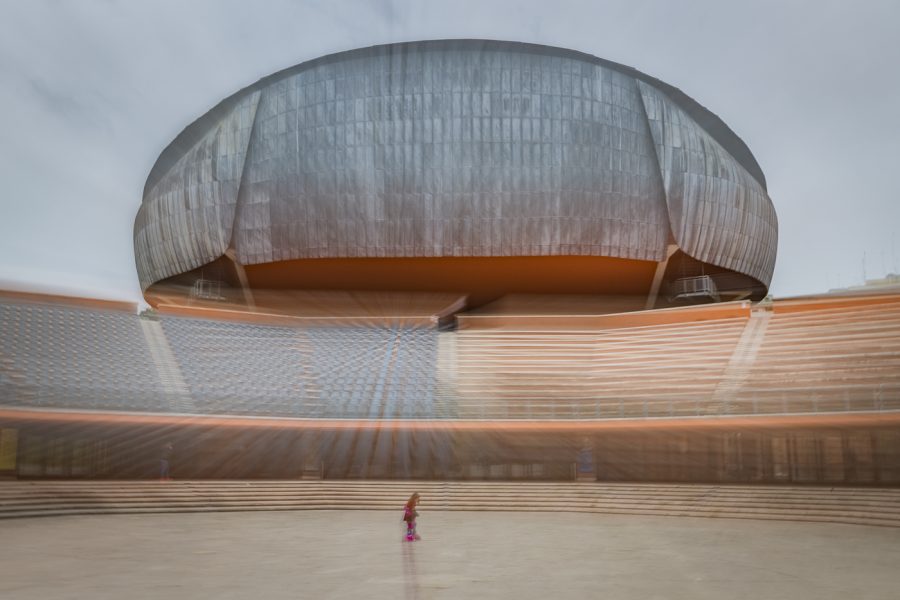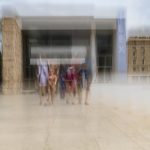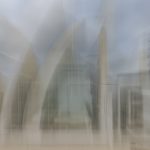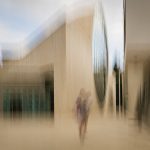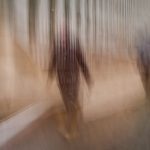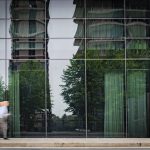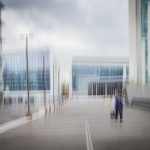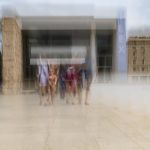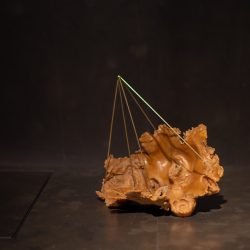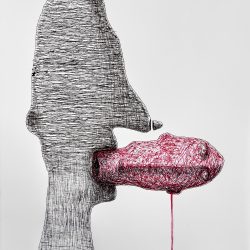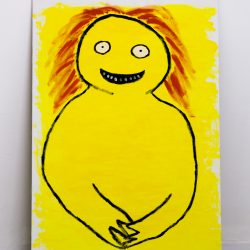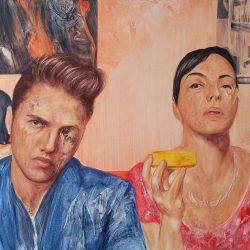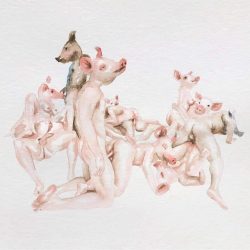work
Eternal City
| category | Photography |
| subject | Human figure |
| tags | |
| base | 80 cm |
| height | 50 cm |
| depth | 0 cm |
| year | 2023 |
When we think of Rome, what comes to mind are primarily the remnants of its glorious past: arches and amphitheaters from the Ancient Empire, medieval churches, and baroque palaces. However, even with the challenge posed by pre-existing structures, Rome is still evolving today through the creation of new architectures, often the work of internationally renowned artists. From museums and skyscrapers to churches and urban redevelopment projects, these structures may not always emerge in precisely central areas; at times, they abruptly integrate into the urban fabric and the remnants of various past eras.
Many projects, however, have the gift of quickly embedding themselves in the collective memory of the city's inhabitants, giving the impression of having always existed. Some often represent an attempt at urban redevelopment and adapting the city to the functionalism and essentiality typical of the present era. A emblematic example is the Ara Pacis Museum, designed by Richard Meier, the first major architectural and urban intervention carried out in the historic center of Rome, with clear references to the Roman imperial style.
Photographically representing architectural modernity involves the use of techniques such as overlay, creative blur, and in some cases, the use of the zoom effect. The choice of these techniques is driven by three fundamental aspects:
1. Presenting photographs that go beyond the classic documentary shots, offering a fresh perspective on street architecture.
2. Emphasizing contemporary architectural works, revealing a reality reduced to its essential, spatial, and chromatic elements, sometimes with painterly touches.
3. Respecting the privacy of human subjects in some photographs by rendering the figures fluid and unrecognizable.
The chosen format is horizontal to comprehensively represent architectural forms. Additionally, the movement of daily life with human presence, delineated by fluid and fleeting figures, adds to the architectural background. Human figures represent the true guiding thread of the project; humans traverse the contemporary architectures of the city, showing the viewer a city different from the usual.
Many projects, however, have the gift of quickly embedding themselves in the collective memory of the city's inhabitants, giving the impression of having always existed. Some often represent an attempt at urban redevelopment and adapting the city to the functionalism and essentiality typical of the present era. A emblematic example is the Ara Pacis Museum, designed by Richard Meier, the first major architectural and urban intervention carried out in the historic center of Rome, with clear references to the Roman imperial style.
Photographically representing architectural modernity involves the use of techniques such as overlay, creative blur, and in some cases, the use of the zoom effect. The choice of these techniques is driven by three fundamental aspects:
1. Presenting photographs that go beyond the classic documentary shots, offering a fresh perspective on street architecture.
2. Emphasizing contemporary architectural works, revealing a reality reduced to its essential, spatial, and chromatic elements, sometimes with painterly touches.
3. Respecting the privacy of human subjects in some photographs by rendering the figures fluid and unrecognizable.
The chosen format is horizontal to comprehensively represent architectural forms. Additionally, the movement of daily life with human presence, delineated by fluid and fleeting figures, adds to the architectural background. Human figures represent the true guiding thread of the project; humans traverse the contemporary architectures of the city, showing the viewer a city different from the usual.



